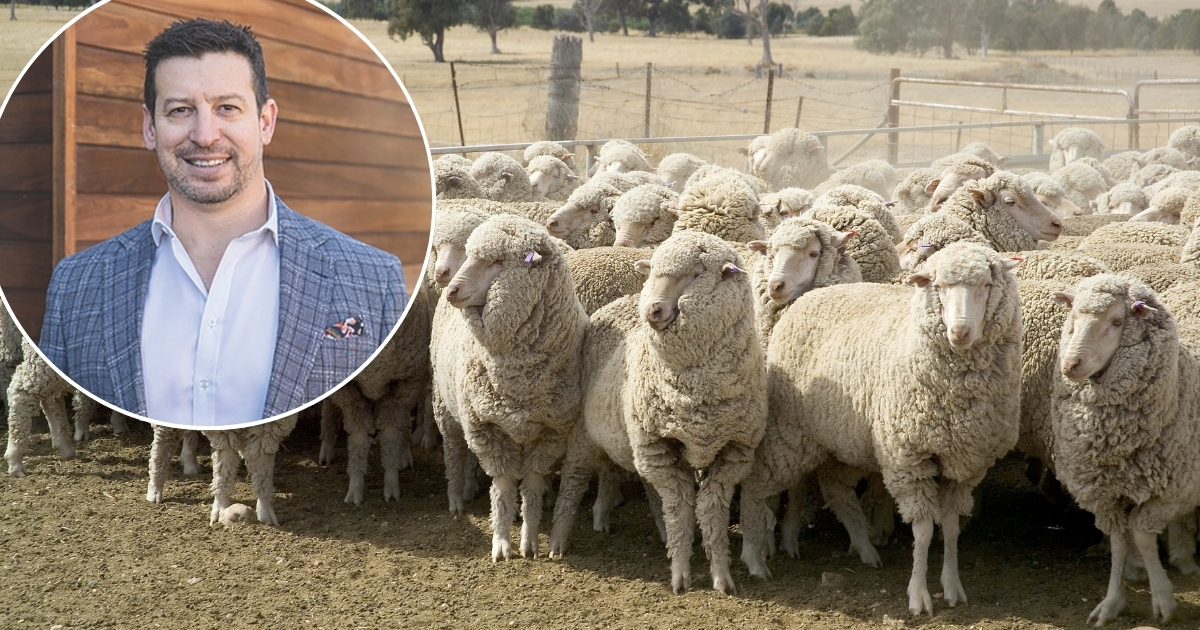Australia’s food security future
I WISH to continue on from my latest article addressing food security. This is an incredibly important issue, and it runs deep, for our society, economy and history.
Historically, the saying was “Australia was built on the back of the merino sheep”.
From the 1850s to the 1950s, wool contributed more than 40 per cent of Australia’s export income.
In 1950–51, at the peak of the Korean War boom, wool prices exploded, and wool alone accounted for 60 per cent of Australia’s export earnings.
The national sheep flock peaked in 1990, with over 180 million sheep across Australia. This has been continually eroded by poor support from consecutive governments, commencing with the collapse of the Reserve Price Scheme in 1990.
The national flock is now 58 per cent lower at only 74 million. The wool industry has been severely impacted and is arguably no longer viable.
This has been emphasised locally with the announcement this week that EP Robinson Wool Scourers, located in Newtown, is closing, and its workers were made redundant.
EP Robinson was the last wool scouring operation in Geelong and there are now only two left in the whole country.
This entire industry has been lost, and as the song says, “It’s a crying shame”.
A consistent lack of foresight, leadership, and support from government has led to the decline of many agricultural industries in Australia.
It is time we started asking ourselves the big questions: if we continue on this path, what will be left? Where will our food come from? What will we export other than rocks? And what will we clothe ourselves with?
In my last article, I wrote about the turbulence created in protein farming enterprises, which was a result of large corporations acquiring multiple abattoirs and dictating pricing.
This situation has put many beef and lamb producers in a difficult position in recent years and continues to do so.
Other agricultural industries, such as dairy producers, have fared somewhat better, however, the Dairy Australia mid-year 2025 Situation and Outlook Report indicated less than two-thirds of farmers are expecting to make an operating profit for 2025, with 57 per cent of the industry expecting profits to be lower than the past five years.
In western Victoria, the local herd has contracted significantly due to drought, rising feed and input costs, and these farmers are harder hit than in any other part of the country.
Where is the government support? Where is the drought relief?
So far, drought relief in Victoria has consisted of matched infrastructure funding and small grants of only $5,000 to $10,000 per farm.
The first round of funding provided $15.9 million, followed by an additional $37.7 million announcement.
These grants were provided to help farmers invest in water infrastructure upgrades, grain and fodder storage and drought management tools such as moisture monitors and weather stations.
These are not grants that can be spent on real costs such as fodder to keep stock alive; these grants have to be spent on infrastructure.
In blunt terms, we are asking people who haven’t had an income in three to five years, who are running out of money to buy groceries, to invest in water infrastructure. Meanwhile, their breeding stock are starving to death in the paddock, and they can barely afford the diesel bill.
An adult cow will eat two to three per cent of its body weight per day. That’s a daily hay intake of between 10-18kg per animal.
A standard large round bail is at best 600kg, and will feed 33 animals, for $300 per bail.
The average beef herd in Australia is 584 head per farm, so it requires 18 bales per day. Hence, to feed the average beef farm, it costs $5,400 per day.
How do payments of $5,000 or $10,000 look now? Completely inadequate and misplaced. Both federal and state governments have lost touch with the plight of the bush and the scale of the problem.
On a positive note, it was heartwarming to see farmers from Gippsland, New South Wales and Western Australia putting together shipments of hay and fodder to send to South Australia and western Victoria this week.
These are purely voluntary private initiatives, led by other farmers who have suffered similarly in past years.
Isn’t it a crying shame that our governments can’t see this issue as well? The discussion on farm subsidies and direct farm payments, similar to other OECD countries, needs to begin immediately, as a national security issue.
//SPONSORED CONTENT


















